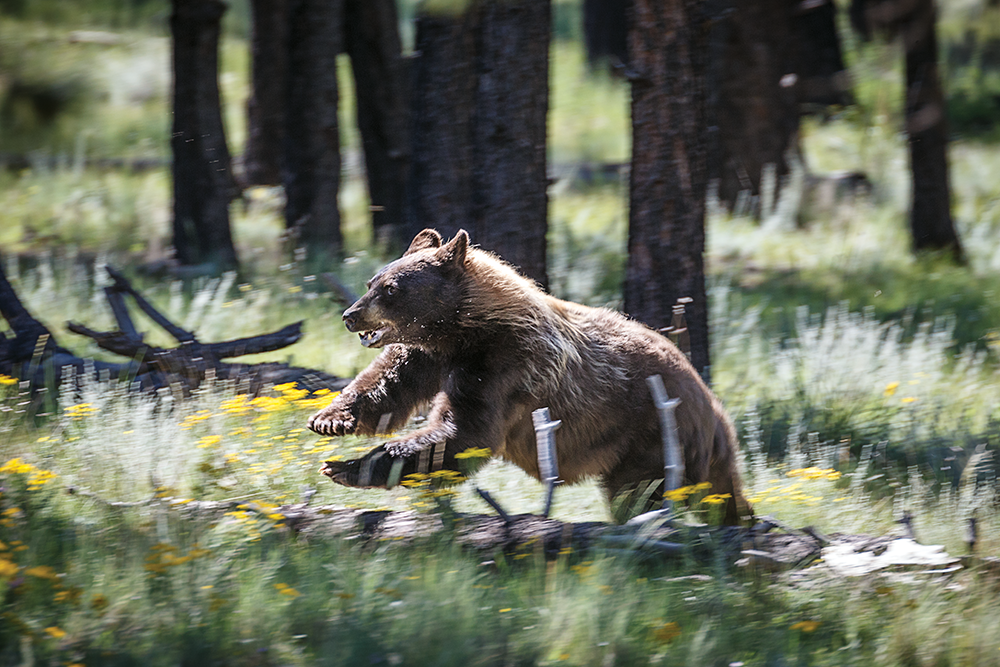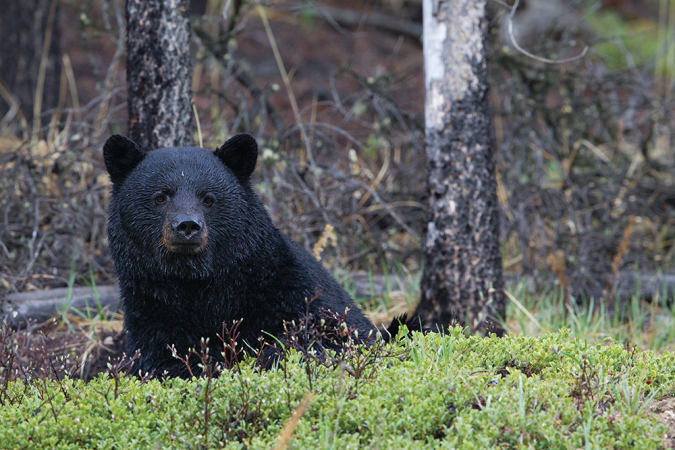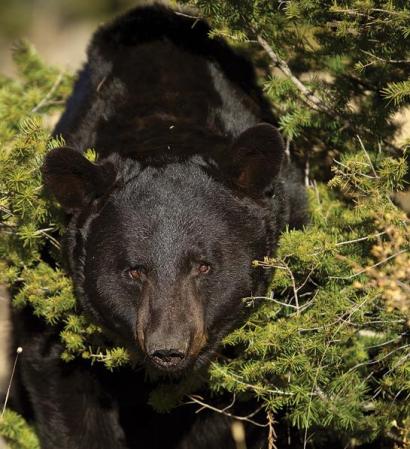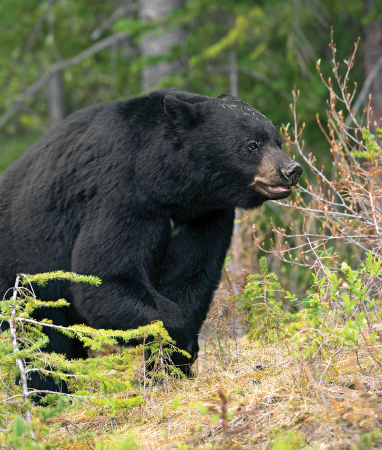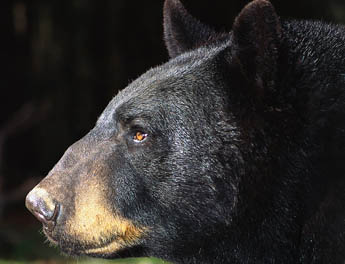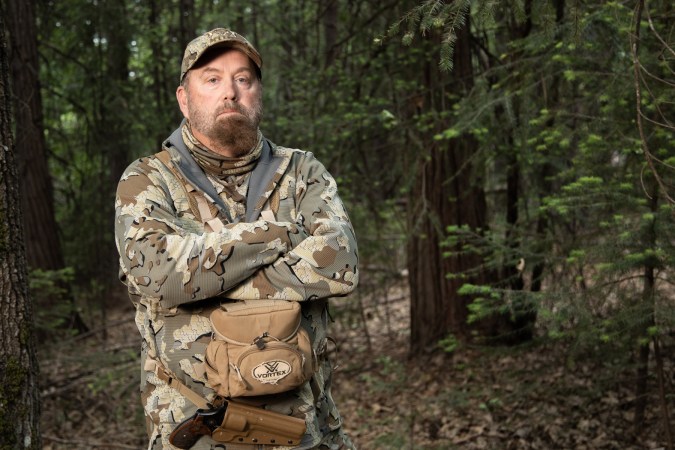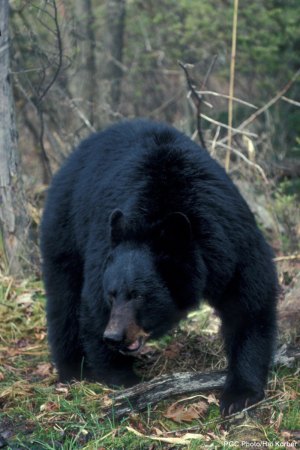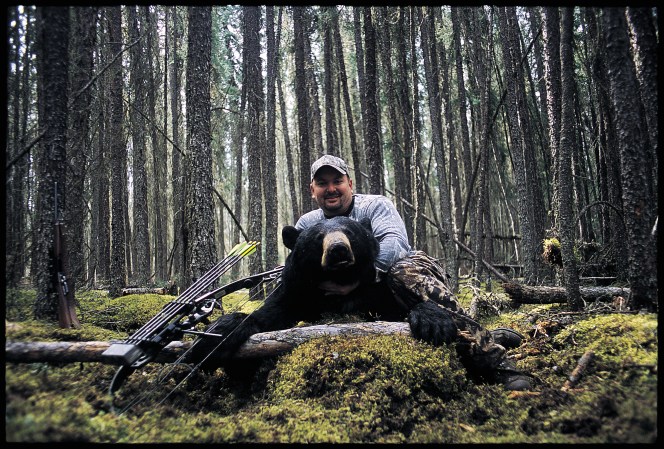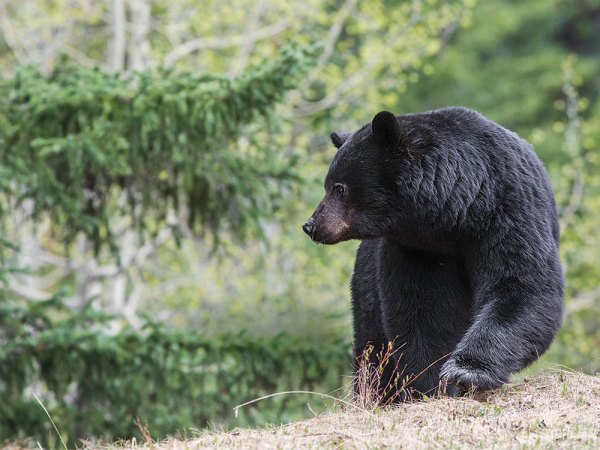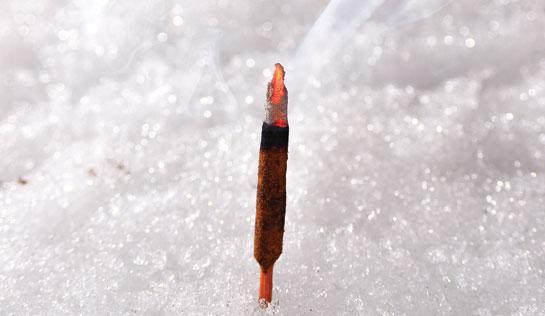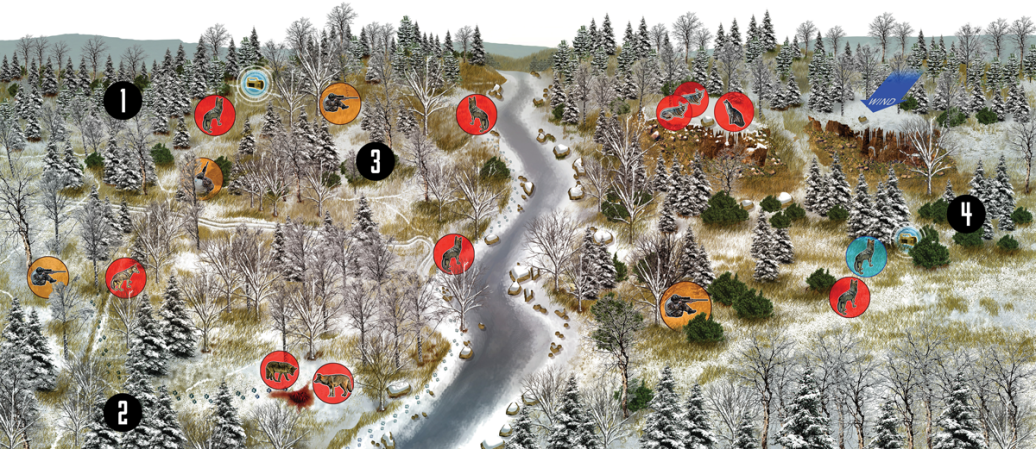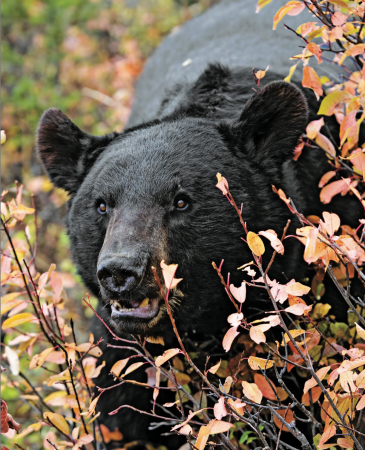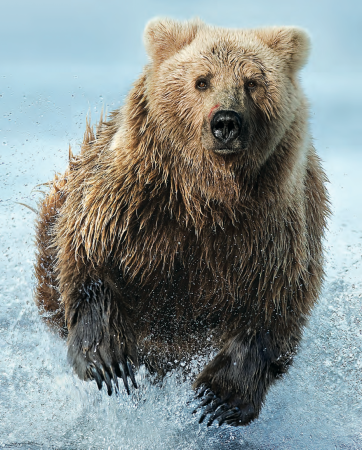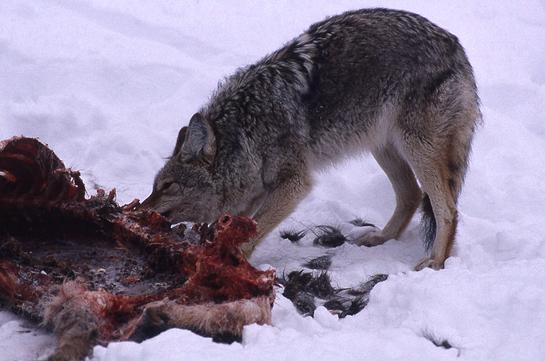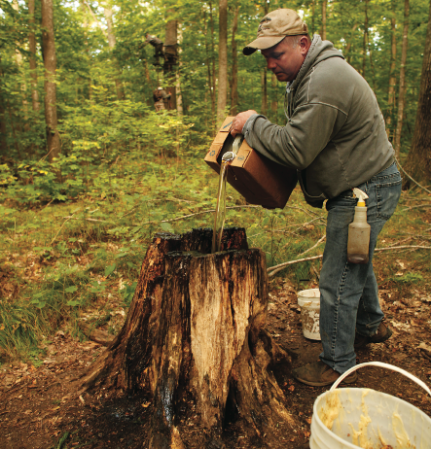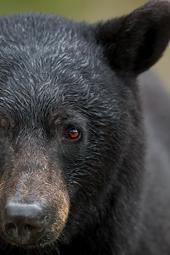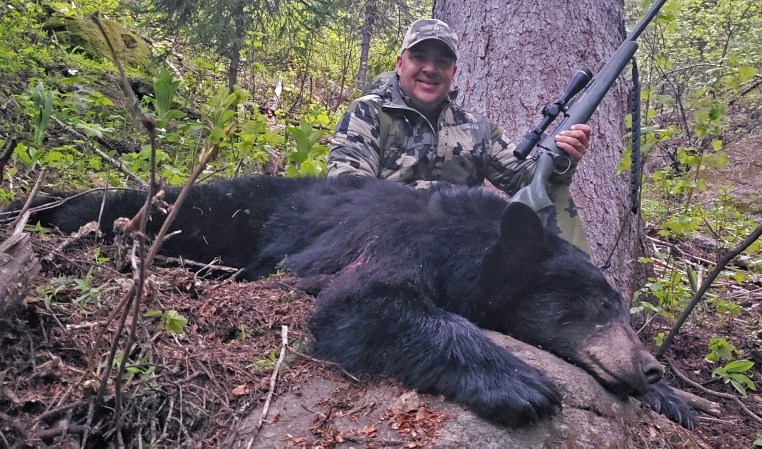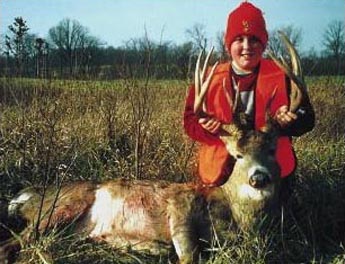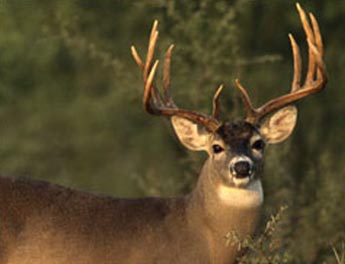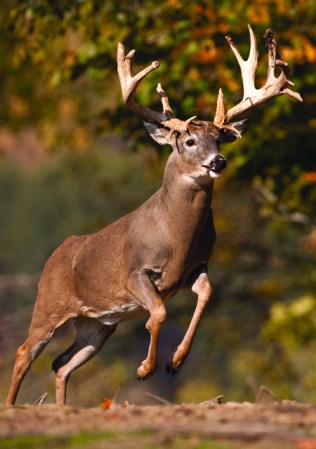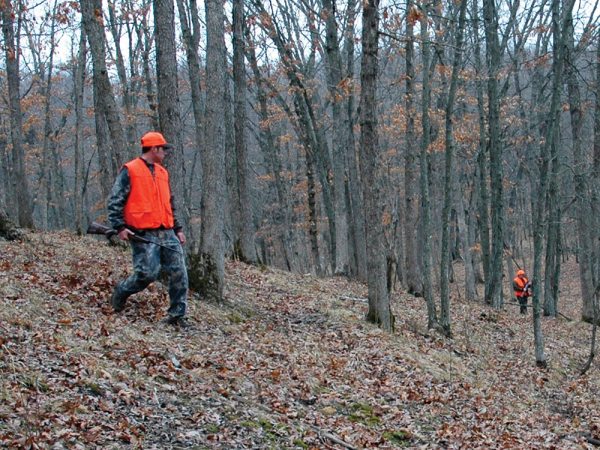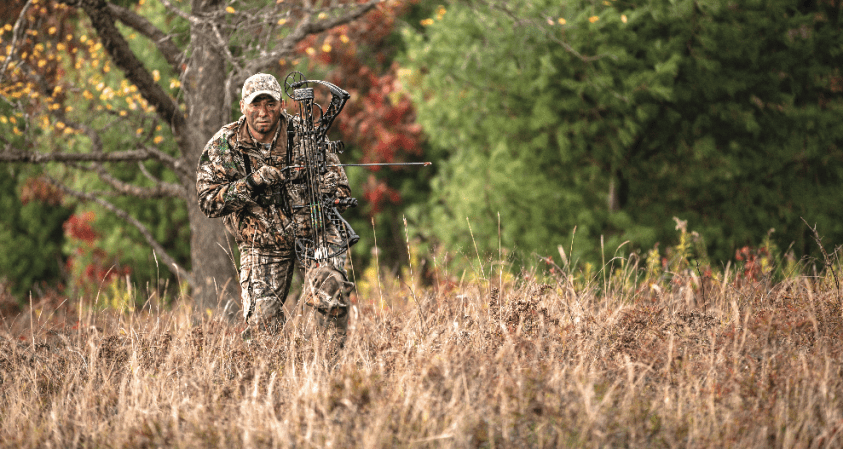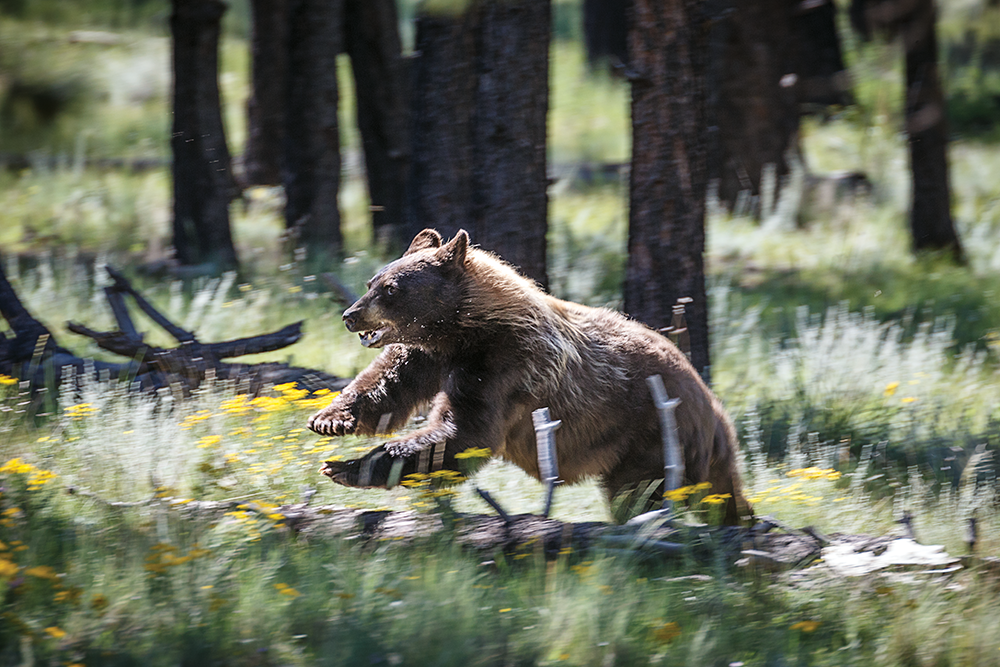
The sound of sizable branches snapping in an adjacent stand of oak and beech trees raised the hackles on Jeff Grab’s neck. Something big was heading his way and he just knew it had to be a bear. He was posted at the top of a ravine, which was an obvious black bear escape route, while other members of his hunting party pushed a thick tangle of mountain laurel nearby.
They knew the bears were in there, as evidenced by the piles of fresh scat and tufts of fur found on tunnel-like trails leading in and out of the half-mile tract. But how to get them out?
“The trick to driving bears out of thick bedding cover is to first play the wind,” says Grab, a New England construction supervisor, “and then take it slow and easy. No talking—let the bears ease along in front of you until they run out of cover. That’s when they will make a mad dash for safety.”
Nearby camp owners had twice seen a 400-pounder crossing an old footpath that wound its way through the overgrown tract. When that big bear broke into the open, Grab’s jaw dropped.
“It was barreling past me, knocking down 2-inch saplings like they were matchsticks,” he says. “I’ve tagged several bears over bait in Canada with my bow, but a spooked bear running for cover is a scary critter. We all know they can easily do damage to a man with those claws and canine teeth if you get in their way. I shot twice with my shotgun at point-blank range, but I fevered up and missed both times.”
While laurel thickets provide excellent cover for bruins, big-woods black bears also seek daytime refuge in thick, mixed spruce-fir growth found along the edges of lakes and streams, and in recently logged areas, where they like to bed among the sawed-off treetops.
“These slashings can be ankle-twisters to walk through, which is precisely why they hold bears,” says Pennsylvania bear hunter Steve Sorensen. “The most productive of these cuts are often found on steep hillsides where resting bears can hide among the fallen branches while taking advantage of daytime thermals to detect human intrusion.”
This combination of thick cover and inhospitable terrain makes the edges of wooded ravines and brushy slopes that lead uphill primary escape routes. Drivers should enter the clear-cut from below in mid to late morning, after the bears have had time to settle into their daytime lair, then zigzag uphill using their scent to push wary bears to waiting hunters on higher ground.
Food Source Pushes
“One trick we use to successfully drive black bears in fall is to first find what they are eating,” says New York bear-hunting veteran Ed Hall. “Bears will eat, take a short nap, and then continue feeding all day as long as there is food available to them as they try to pack on the pounds prior to hibernation.
“You will find bears in apple orchards for the first couple of hours of the day. Look for piles of fresh scat, half-eaten apples, and freshly broken branches to confirm your suspicions. Post standers crosswind of obvious escape routes such as fingers of brush, creekbeds, and the heads of nearby ravines. Make sure the hunters are quietly settled in at least a half hour before shooting light.”
Uncut corn lots attract bears all day long. They will feed in the middle of the field, leaving occasionally for water, so you can drive these sanctuaries several times during midday hours with good results. Look down on the field from a nearby hilltop or a treestand to find crop circles where the bears have knocked down stalks to get at the ears. Fence lines and strips of cover between fields are good places to position a stander.
Hardwood ridge drives can be productive as well. Look for scat and tracks in the soft earth and newly clawed tree trunks for fresh sign. Glance up occasionally as you are driving, however, as you might just catch a bear feeding in the treetops on wild black cherries or acorns. Don’t try to push a bear upwind to waiting standers; rather, position the standers crosswind along the perimeter.
